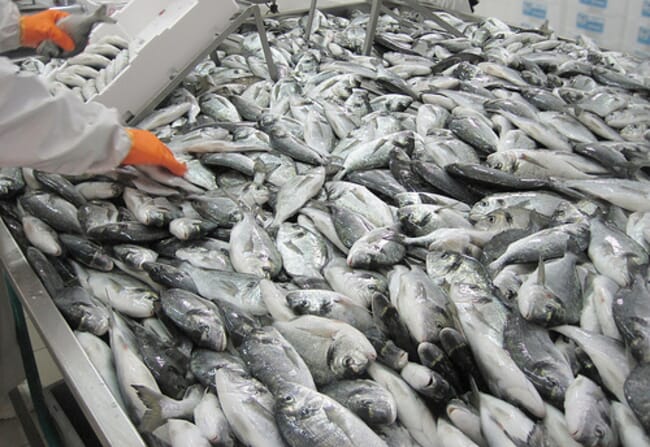In a recent article in Frontiers in Genetics, researchers conducted a genome-wide association study (GWAS) on over 100 samples of gilthead seabream in an effort to identify genes that could be useful to fish farmers. In this case, researchers wanted to determine if easily identifiable groups of genes played a role in determining the weight, body fat, tag weight and length-to-width ratio.

The researchers created DNA profiles that contained high-quality single nucleotide polymorphisms (SNPs). SNPs are useful to genetic researchers because they operate as a binary; an individual either has a particular polymorphism or doesn’t. This either/or distinction makes it easier to identify if physical traits (phenotypes) are associated with a polymorphism. SNPs could be useful to commercial aquaculture since it would allow producers to selectively breed for traits based on genetic data.
For this study in particular, a GWAS on gilthead seabream would give fish farmers invaluable insights on how to maximise the species’ productivity and improve the quality of cultured seabream.
The scientists were able to identify six groups of SNPs associated with body weight, two groups associated with body fat and sixteen groups that influenced length-to-width ratio. This represents a crucial first step in creating a seabream breeding protocol based on genomic selection for economically important traits.
The researchers concluded that additional studies should be conducted in this area. Ideally, studies should have larger sample sizes in order to refine the results. This way, breeding programmes for seabream could have a strong genomic anchor going forward.
Read the full article here.


